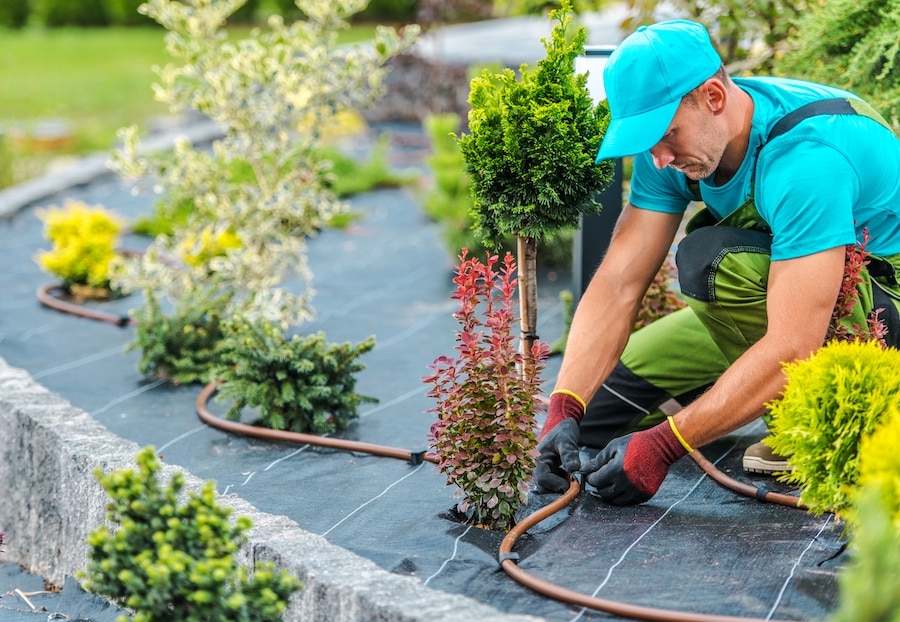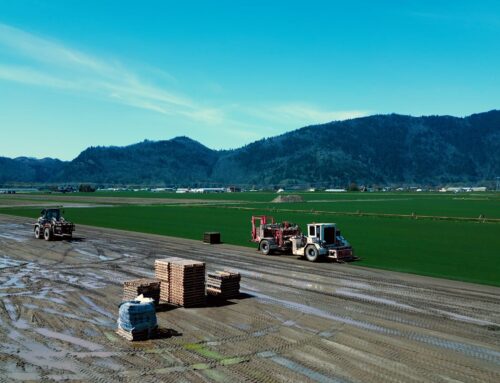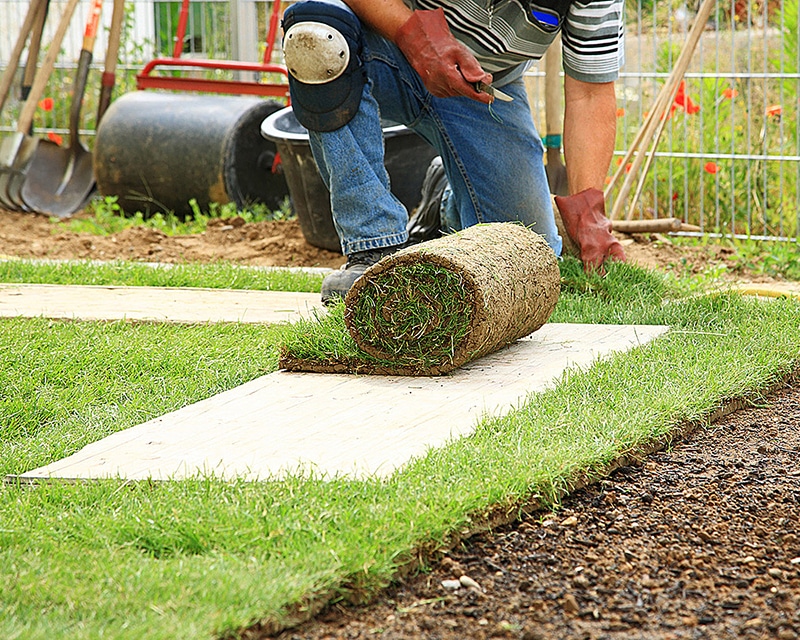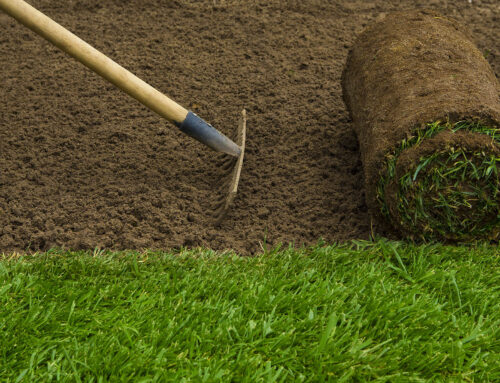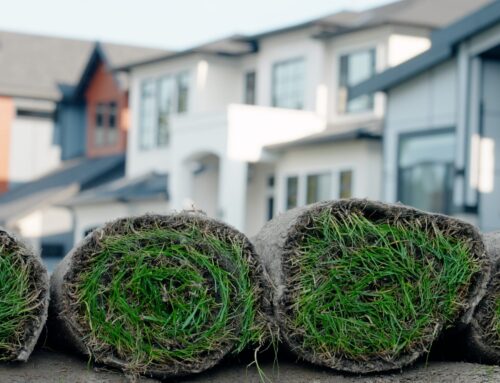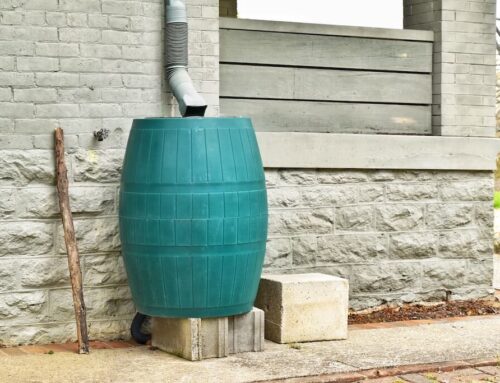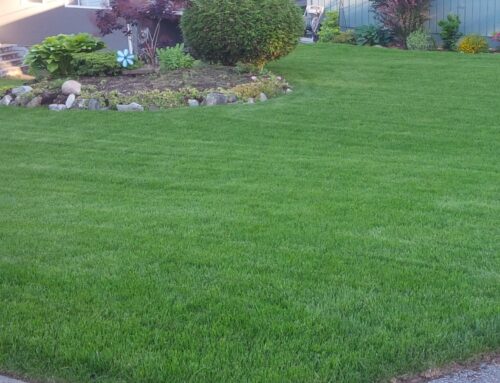Table of Contents
The scorching days of summer are behind us an Autumn is settling in, but even though the hot, dry months have passed, your lawn still needs your attention. Even during the fall, watering your lawn remains critical, especially if you have recently installed new sod.
The Importance of Watering for New Sod
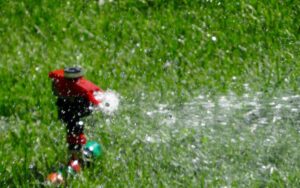
New sod must establish strong roots to survive, and adequate watering is an essential part of this process. When the roots are deep, the grass can grow lush and healthy, while better resisting the effects of drought and other harsh conditions. Proper watering also helps to prevent dry patches, improving your lawn’s health and overall appearance.
Recognizing New Sod’s Unique Watering Needs
New sod has specific needs that will help it to establish and remain healthy. A good, deep initial watering will help the roots to penetrate deeper into the soil. Follow up by ensuring consistent moisture; the top inch of soil should be moist at all times.
Pay close attention to your lawn. If it begins to wilt, you are most likely underwatering, but avoid excessive watering that can cause rot or the growth of fungus. By observing your lawn carefully, you will be able to work out the appropriate watering routine for your new sod maintenance.
Temporary Watering Solutions for Inconsistent Rainfall
Rainfall can be inconsistent during the fall in many regions. There are several methods you could consider to help protect your lawn, including:
- Hand watering with a hose and nozzle is suitable for small areas and spot treatments.
- Sprinklers can help ensure even water distribution and should be used early in the morning or late in the afternoon to minimize evaporation.
- Soaker hoses are a great choice for deep root watering. They are efficient and help conserve water. Lay them out in a serpentine pattern across your lawn.
- Water timers are convenient for automatic watering. You can set a specific schedule that will ensure your lawn receives the moisture it needs even when you are not present.
Monitoring And Adjusting Your Watering Routine
Here are some additional sod watering tips for you to consider for your fall lawn care:
Morning watering allows your lawn to dry before nightfall, which will reduce the likelihood of fungus.
Evaluating soil moisture can be done with some simple tests. For example, try to stick a screwdriver into the soil. If it can be pushed in easily, the soil has adequate moisture. If you experience resistance, you should water.
Adjusting to weather forecasts requires that you listen to weather reports and adjust your watering schedule accordingly. If there is rain in the forecast, you can skip watering your lawn, avoiding overhydration, but if the next few days are expected to be dry, it’s time to break out the hose.
The Sod Crew Approach to Optimal Sod Health
At Sod Crew, we know how important it is to provide your lawn with the proper care, especially in the fall when many tend to overlook it. Our team of experts are available to help you develop a lush, healthy lawn. We offer more than just watering tips; our range of services include aeration, fertilization, pest control and more. We are here to help your lawn be the best it can be in every season.
Want a lush, green lawn through the fall season? Connect with Sod Crew experts today!

